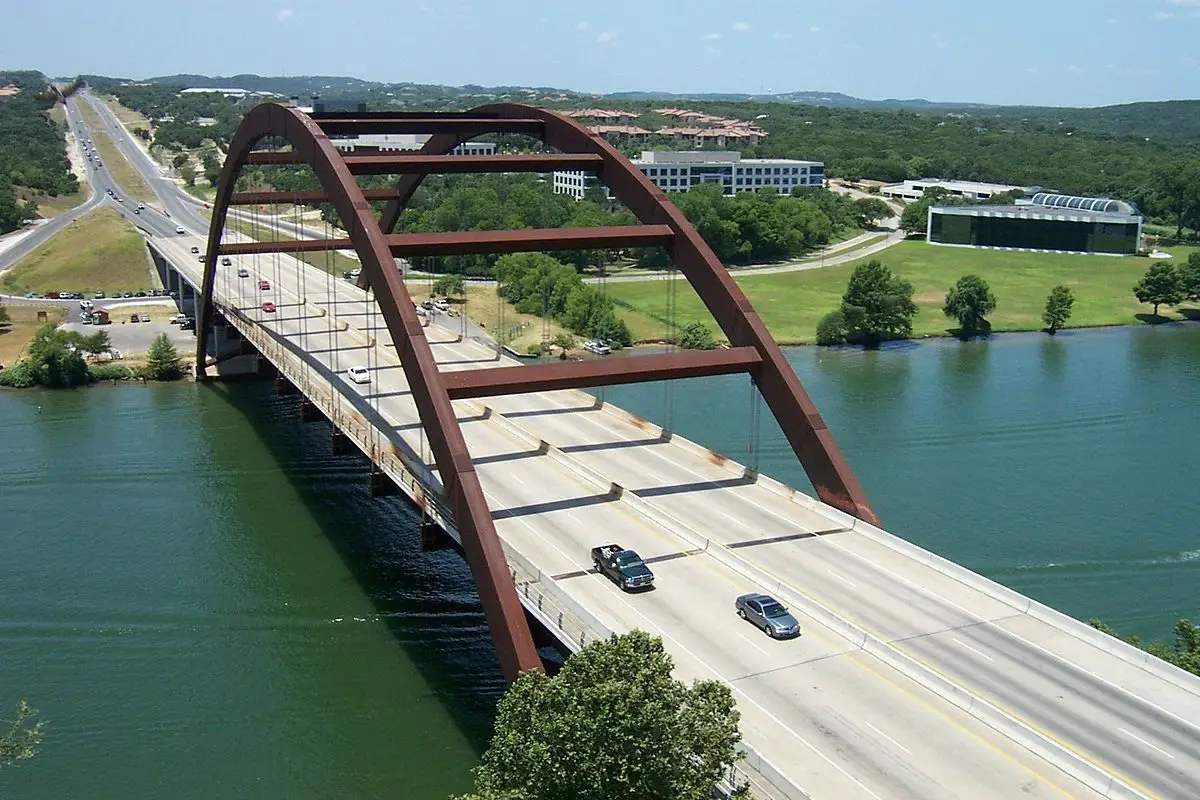The geotechnical site investigation for the new Aswan dam bridge in Egypt to provide essential Geo-data for the design and construction has been completed by Dutch company Fugro.
Awarded the contract by the Arab Contractors (Osman Ahmed Osman & Co.) one of the leading construction companies in the Middle East and Africa, the Dutch-based firm worked in a site located in Aswan city, famous for the granite rocks used by the pharaohs to build obelisks, sculptures and temples.
Also Read: Egypt to restore 150-year-old Eiffel bridge bridge at Giza zoo
“These hard Gabbro and Granite formations can impede the drilling and sampling activities required for accurate site characterization. But owing to our drilling experience and capabilities in hard rock layers, we were able to collect the necessary samples by utilizing a range of wire line techniques and drilling equipment’s,” explained Mohamed Mostafa, Business Line Director for Land Site Characterization at Fugro.
The collected samples were analyzed in Fugro’s IAS-accredited in-country soils laboratory to provide the vital parameters and characteristics needed for the bridge design.
The eventual Aswan Dam Bridge
The 4.5 km new Aswan dam bridge in Egypt will be constructed at an approximated cost of US$2B and will be measuring 30 meters in width with three traffic lanes in each direction. The bridge is mainly meant to offload some of the heavy road traffic currently routed entirely over the current Aswan Low Dam Bridge. The latter was constructed back in 1902 when the Aswan Low Dam finished its construction.
The Aswan Low Dam is located about 1000 km up-river and 690 km (direct distance) south-southeast of Cairo and it was the largest masonry dam in the world upon its completion. The dam was designed to provide storage of annual floodwater and augment dry season flows to support greater irrigation development and population growth in the lower Nile.

